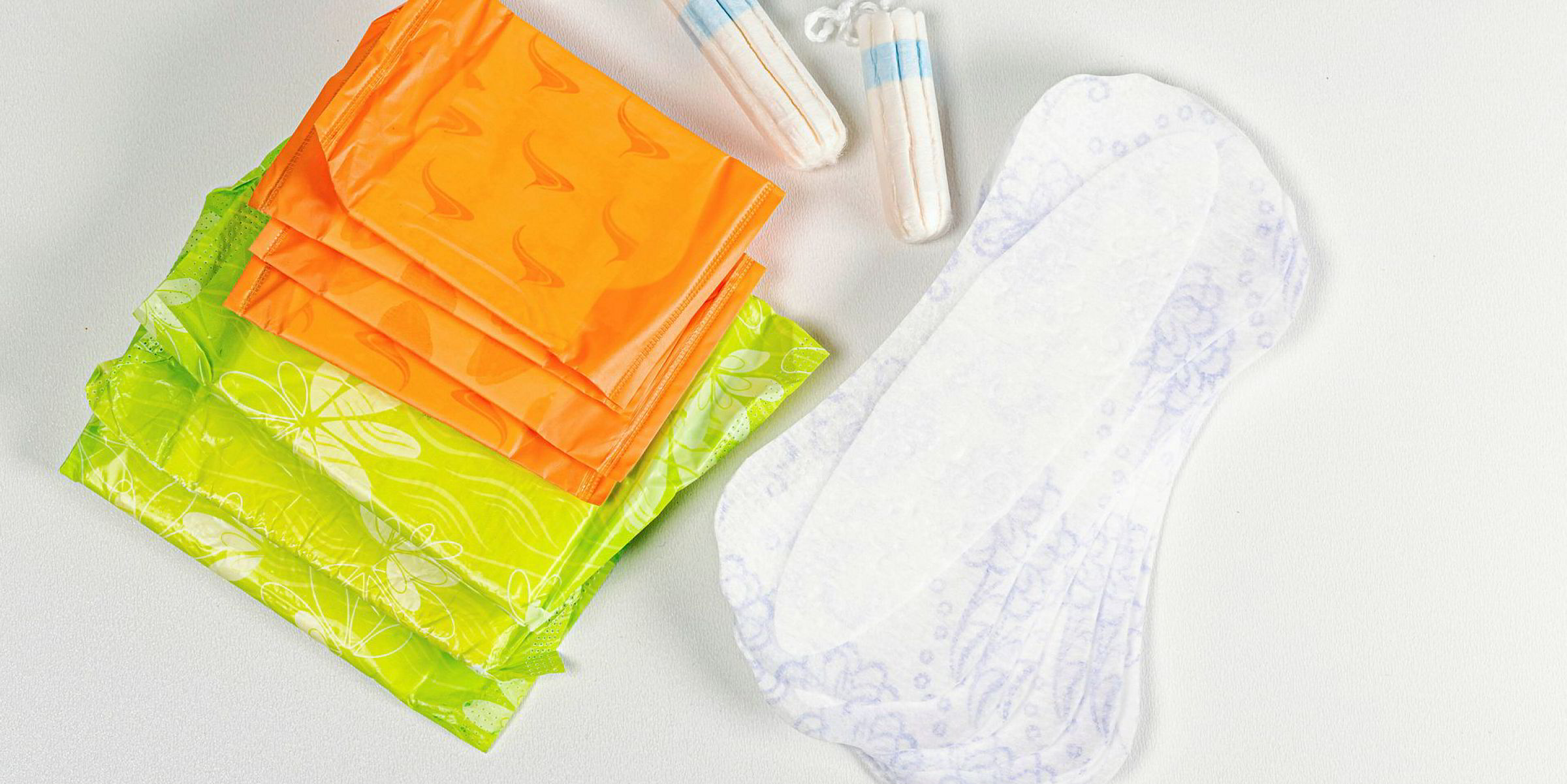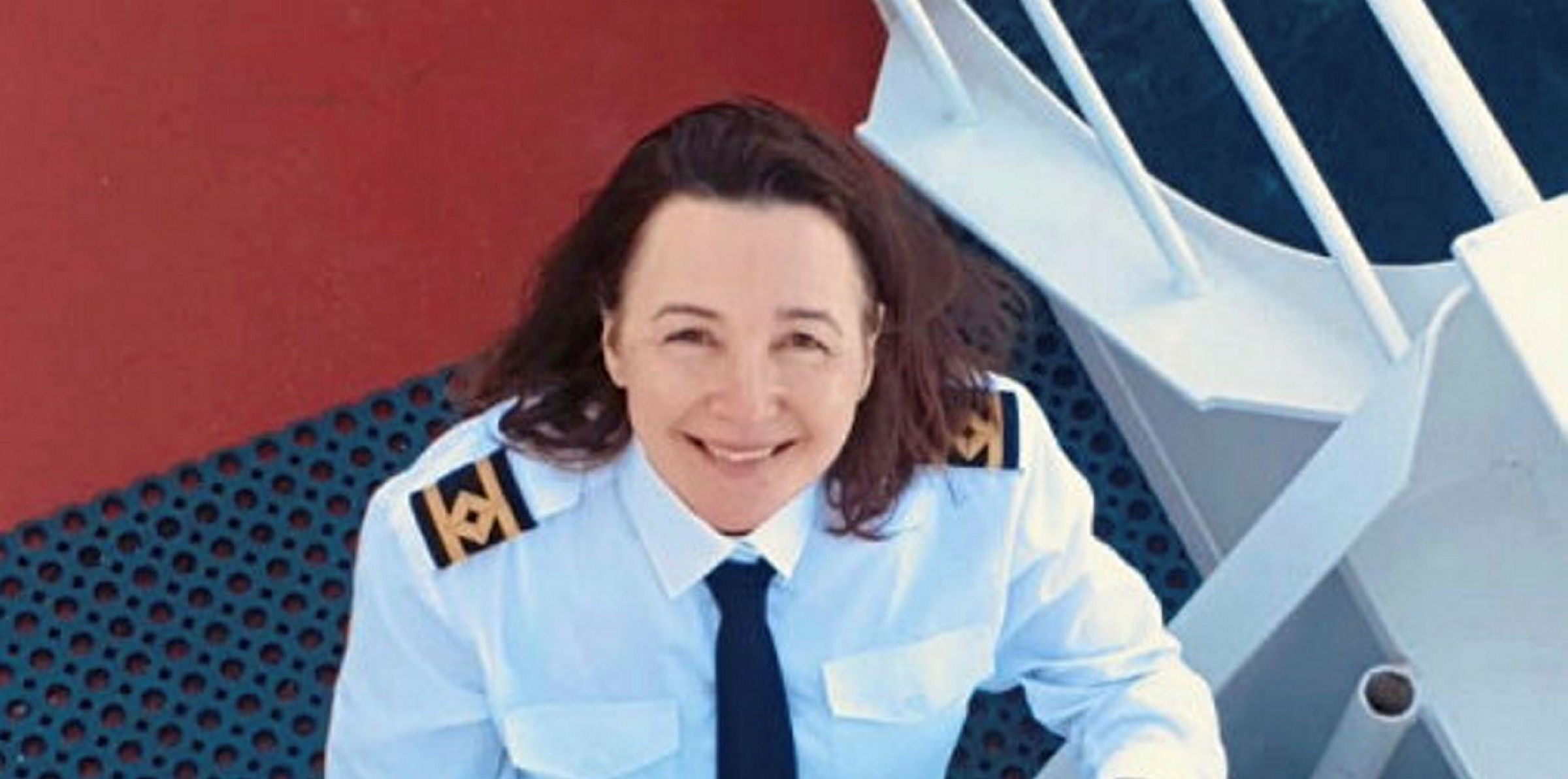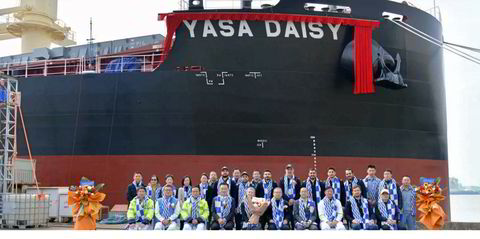Women at sea need better access to sanitary products and facilities to dispose of them on board.
Seafarers advocates said feminine hygiene products are often not treated as an essential item in ships’ stores, because women make up such a small percentage of the seafaring population.
Debbie Cavaldoro, head of strategy and policy at seafarers union Nautilus International, said women often have to carry their own feminine hygiene products when joining a ship.
“When they’re taking six months’ worth of sanitary protection with them, that takes up quite a lot of space,” she said.
“And when you kind of compare it to, maybe, condoms, a lot of ships have condoms in their stores, which aren’t necessarily an essential item in the same way.”
Cavaldoro’s organisation and other seafarers’ advocates are aiming to get the industry and regulators to think differently about the needs of women on ships, to break past the “chicken and egg” scenario.
Shipmanagers often do not prepare ships to meet the needs of women because there are so few female seafarers — but that, in turn, helps prevent the industry being more attractive as a career choice for women.
The International Labour Organization (ILO) has identified feminine sanitary products as an area that needs to be addressed. But it is not just access to the products themselves — having ready access to ways to dispose of them properly is also important.
Reluctant to speak out

“Women require access to feminine sanitary items and discreet disposal mechanisms,” the ILO said in a 2019 report on challenges facing recruitment and retention of female seafarers.
The report cited data that showed 40% of women on ships do not have access to sanitary disposal facilities.
“Female hygiene products could be sold on ships through bonded stores, and toilets should be equipped with sanitary disposal bags or bins,” the report said.
Women seafarers are often reluctant to speak out about the lack of sanitary items and disposal facilities.
But the issue is a symptom of a wider problem in making shipping a workplace that is welcoming to females.
Advocates said ships are often designed without women in mind. And since vessels are designed to last decades, new ships should be built with female seafarers in mind if their share of the seaborne workforce is to grow.
Cavaldoro said all ships should be suitable for women to travel on board.
“Because the first woman that goes on that ship has to feel like it’s a place for her. So that when they’ve been speaking to other people who might be interested in going to sea, these issues don’t come up any more,” she added.
“But if they’re having to still fight those battles to get on board and to get those things in place, then that’s always going to be something that is in the background.”
Personal protective gear: making shipping a better fit for female seafarers
Mariners, male and female, come in different shapes and sizes. Their equipment and clothing should too
Does pregnancy testing of mariners violate UN convention?
Shipping companies recruiting in nations that allow testing say it is part of a health check
Sanitary products a symbol of challenges facing women at sea
Mariners report lack of access to feminine hygiene products and disposal
Comment: To hire the talent shipping needs, it can’t turn its back on women
Making a career at sea more attractive to the world’s second-largest pool of potential workers is an opportunity to tackle a growing officer shortage






